Author Guest Post: Daryl Baxter
The Making of Tomb Raider
There’s a good chance that, during the nineties, you may have come across Lara Croft in some way. Whether that was through a demo disc attached to a magazine, or through one of the Tomb Raider games as a gift for Christmas or your birthday, the heroine would have been hard to miss.
I was one of those – discovering the first Tomb Raider game through a Demo Disc that would be packaged with PlayStation 1 consoles, and it’s because of this, and receiving Tomb Raider 2 in Christmas of 1997, that all these years later, I decided to write a book about the making of it, with interviews from the original team.
While ‘The Making of Tomb Raider’ goes into the development of both games before the team moved onto new projects after Tomb Raider 2 was released, these games are still remembered over 25 years on.
Something as small as ‘Locking the butler in the freezer’ could reawaken a memory for you. But what if I told you that there were more plans for Winston the Butler in Tomb Raider 2?
With this in mind, here’s a list of five favourite levels of mine across the first two games, alongside some facts that are covered in more detail in the book.
Tibet
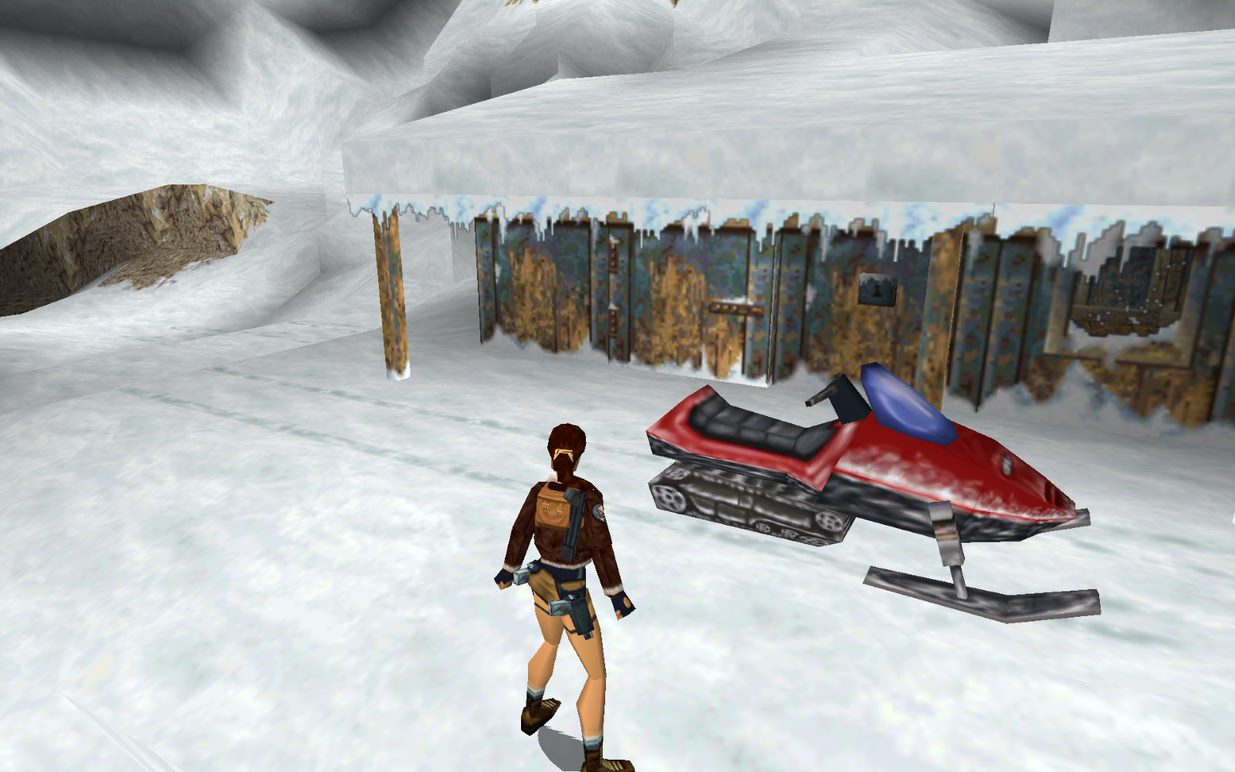
In the late-nineties, you couldn’t go to YouTube and watch a trailer or a preview of Lara’s next adventure – instead you had to read a gaming magazine or even, watch a gaming show. This was how I discovered Tomb Raider 2 not only had a change of costume for Lara, but that she could drive a vehicle!
In the first episode of the final series of GamesMaster, this level was shown in all its glory, and it was then that I asked for the game for Christmas. However when you come to play it, it’s a level that’s incredibly replayable. You come across boulders, spike traps, enemies with their own snowmobile (with guns attached!) that you could also drive, and of course the music, headed up by Nathan McCree.
It’s a level that I always come back to due to how fun it is, especially that I can now play it on the Steam Deck handheld wherever I am – but everytime I do, I’m always taken back to November 1997 of when I first saw it in action on GamesMaster on Channel 4 one evening.
Lost Valley
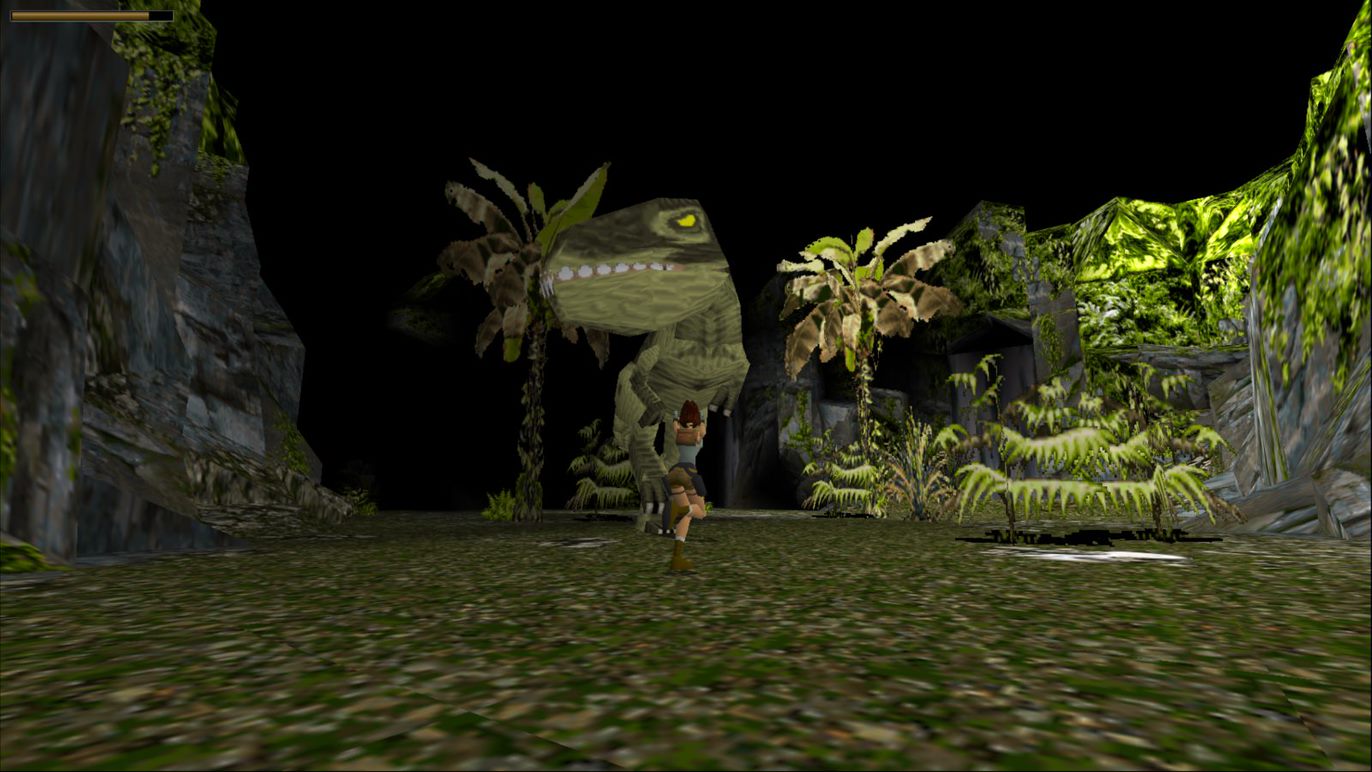
This is a level that’s almost as iconic as Lara Croft herself. After diving into a waterfall and climbing some platforms, you find yourself in a valley, with some Velociraptors that aren’t the most friendly. Soon after, you see the T-Rex, with the music fully immersing you in the battle between Lara and the dinosaur.
This moment was actually a remnant of the pitch that got approved by the heads of CORE Design way back in 1994. Toby Gard and Paul Douglas created a demo that had Lara running away from the dinosaur, and it impressed the heads so much that the project was approved soon after, even before the majority of the tools were created to help design and finish the game.
Natla’s Mines
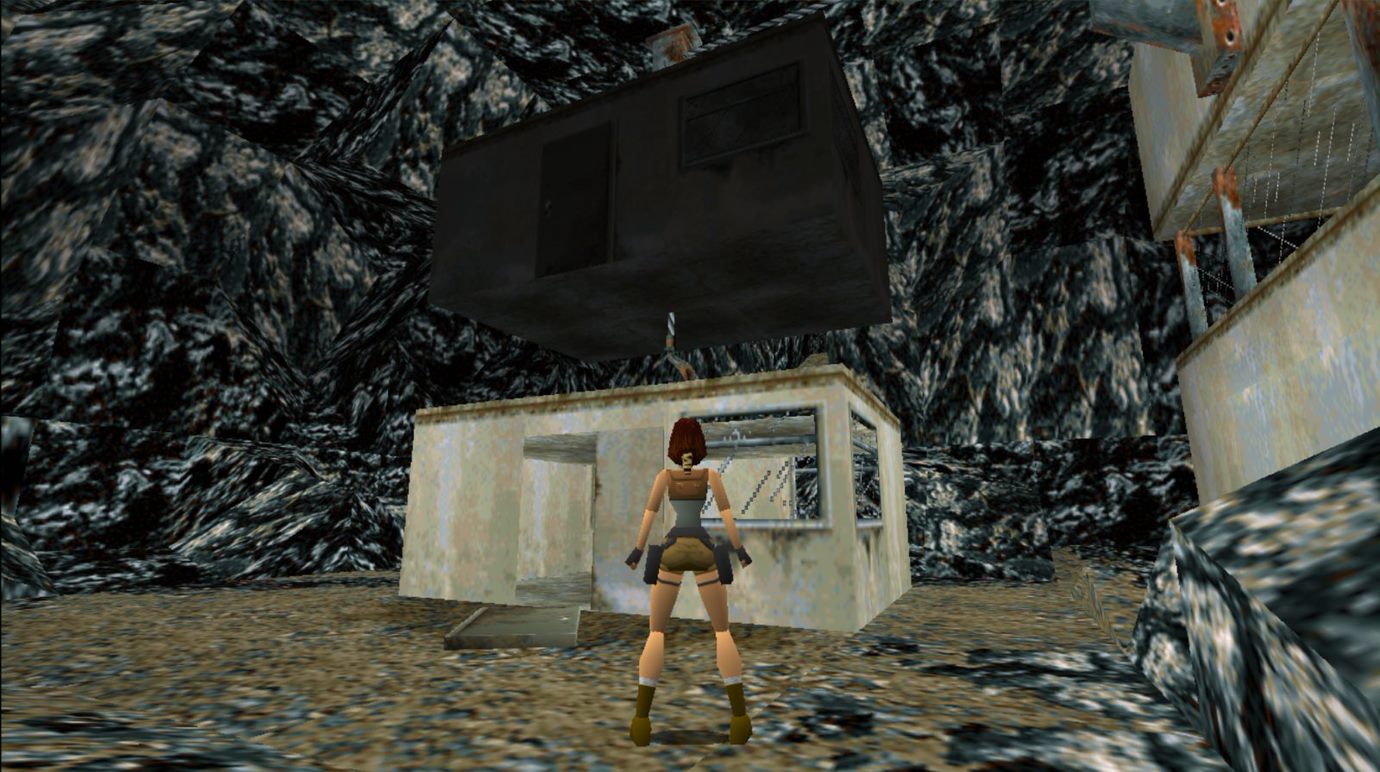
This type of level would be a standard in the first three games, where you would find yourself without any weapons, and you’d have to try and find all of them, alongside any you may have missed so far.
For Tomb Raider, you would have to find your Pistols first through a barrage of puzzles and traps, and then you’d have to defeat a bunch of Natla’s henchmen, the antagonist in this game, which the team had called ‘Chaos Raiders’. They consisted of a bulky man with a shotgun, a cowboy with the Magnum guns, and, randomly, a skateboarding kid with Uzis.
It was a level that was unpredictable for 1996, as you’d usually expect to keep all of your abilities and items throughout the game 0 but here, Tomb Raider set another standard of where that wouldn’t be the case for one level.
Venice

In the first few Tomb Raider games, you could probably remember a moment in a level where you could attribute it to a certain game. Tomb Raider 2 had a few of these, and it was driving the boat in Venice with Nathan McCree’s music that was the best example of this.
You had to drive one of the boats through a minefield, and eventually, use another to go through a set of huge double doors to complete the level with the music, ‘Venice Violins’ playing away, while a bell would toll, ramping up the tension but also the James Bond fun of it all.
This was a level that Heather Gibson, one of the main designers on the first two games, told me that she had struggled in making sense of the layout of the level and the puzzles, and it wasn’t until Gavin Rummery, the main programmer on the first two games, had helped to figure it out, which resulted in the level that many are still playing, over 25 years on.
Home Sweet Home
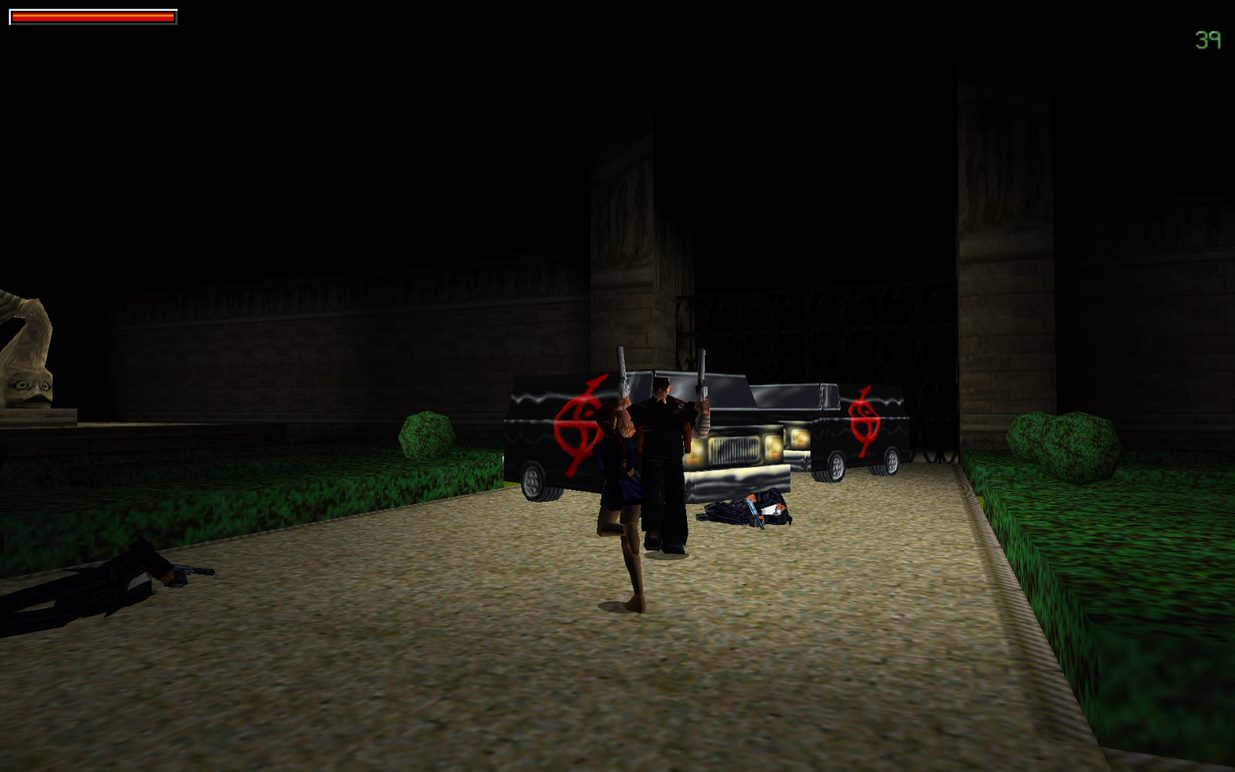
The finale of Tomb Raider 2, which brought the training level on its head, where enemies would try to ransack Lara’s home, and you had to take all of them out with a Shotgun, a bunch of flares, and lots of ammo, eventually facing the final boss who would be walking around the exercise grounds.
Again, it turned the game on its head, as you were in an environment that was previously for exploring and trying out Lara’s moves. But instead, you’re running around the same place, in the dark, taking out enemies, which gives everything a spooky and anxious vibe, especially if you decide to switch on the music player in the dining room again.
Gavin had told me for the book that Winston the Butler, now a viral sensation as I spot countless TikTok videos of players locking him in the freezer still, was going to help Lara in this level, but due to time constraints in making sure the game was ready for its November 1997 release, it was cut.
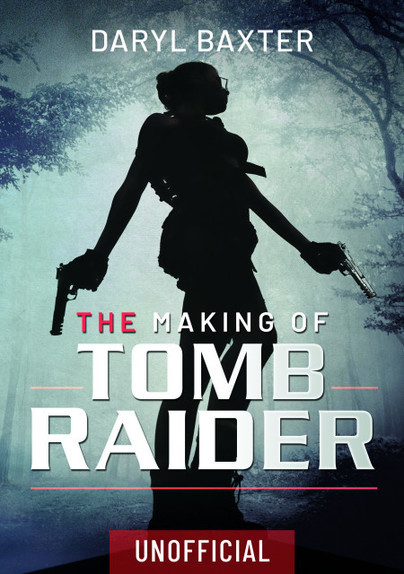
The Making of Tomb Raider is available to order here.

